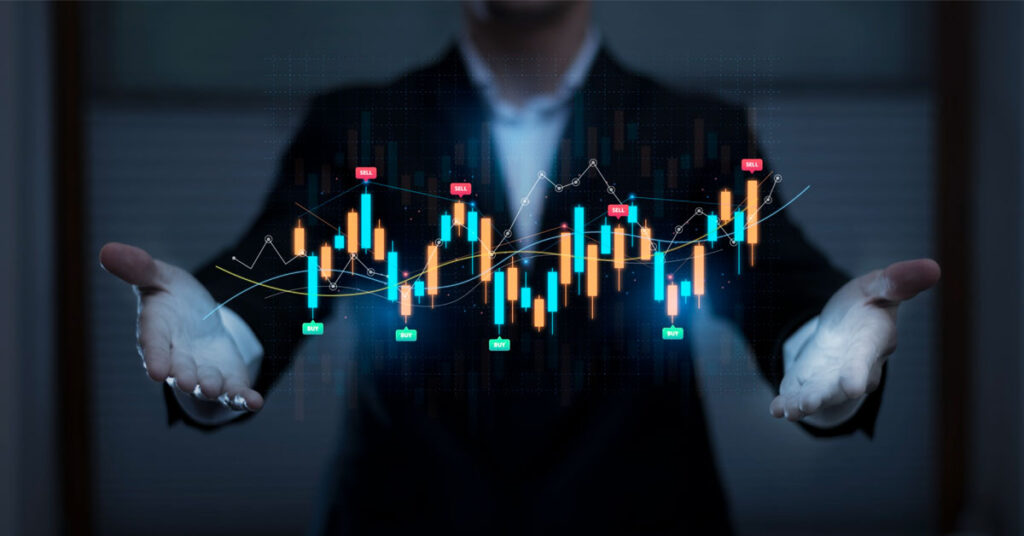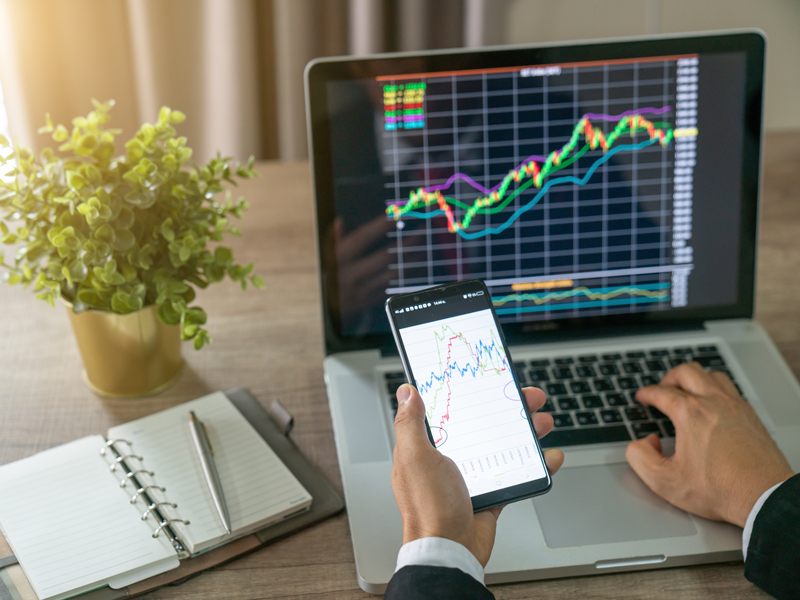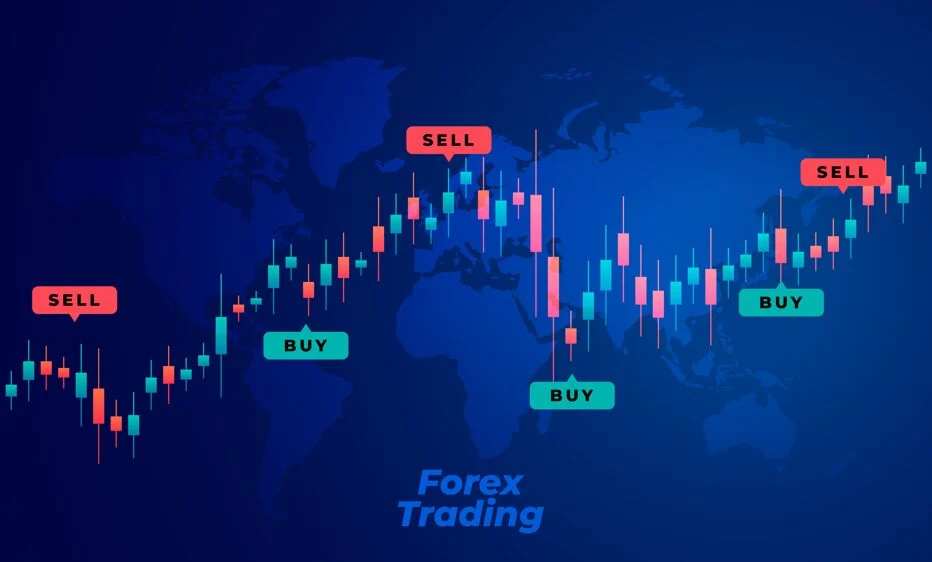Will Forex Trading Last Forever?
Are you planning to get into forex trading? You might have asked yourself, “Will this market stick around forever?” It’s a fair question, especially when you think about how much financial systems have changed over the years. From bartering to cryptocurrencies, the world of money never sits still. With technology evolving, global trade booming, and economic policies constantly shifting, it’s like watching a never-ending game of musical chairs.

A Market Built On Global Needs
The foreign exchange market exists because of a fundamental need: the exchange of currencies for global trade and finance. Whether it’s multinational corporations, governments, or travelers, currency exchange is a core part of international transactions. As long as countries have their own currencies, the demand for forex trading will persist, ensuring the market remains relevant.
This market is basically the backbone of the global economy, keeping international commerce alive and kicking. Whether it’s converting currencies for trade, investments, or that dream vacation abroad, it’s always in demand. Let’s face it—without this financial ecosystem, the world’s economy would be like a car without fuel: going nowhere fast.
The Role Of Technology
Technology has played a massive role in shaping the future of currency exchange. Online platforms, automated trading, and advanced analytics have made it more accessible than ever. This evolution suggests that the market is adaptable and can continue thriving as technology advances. Even if digital currencies gain more prominence, the need to exchange value across borders will remain, ensuring the market’s relevance.
Potential Challenges
While the market has a strong foundation, it’s not without challenges. Global economic shifts, technological disruptions, or even the rise of a single global currency could change how people trade. For example, the growing popularity of cryptocurrencies might reduce the volume of traditional currency exchanges. However, even with these developments, forex trading could adapt to include newer forms of digital assets and remain a key player in the financial world.
Why It’s Likely To Stay
The main reason this market is expected to last is its ability to adapt. Over the years, it has evolved to accommodate new players, changing regulations, and technological advancements. As long as economies and businesses require currency exchange, the market will continue to play a critical role in the global financial system.
The Bottom Line
Will this market last forever? It’s hard to say with certainty. However, its adaptability, global necessity, and technological evolution suggest that it will remain a significant part of the financial world for the foreseeable future. While the tools and methods may change, the need to exchange value across borders is unlikely to disappear anytime soon. So, whether you’re a seasoned trader or just curious, rest assured that this market isn’t going anywhere for now.






